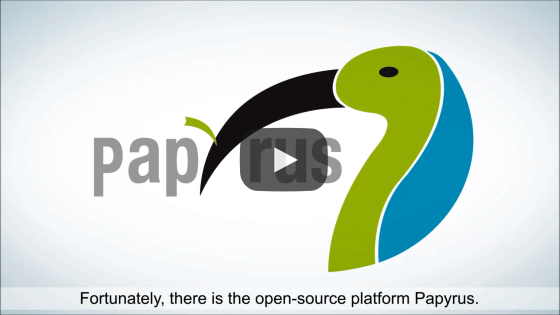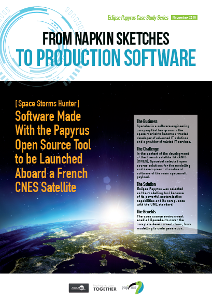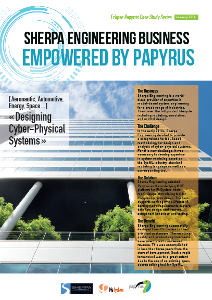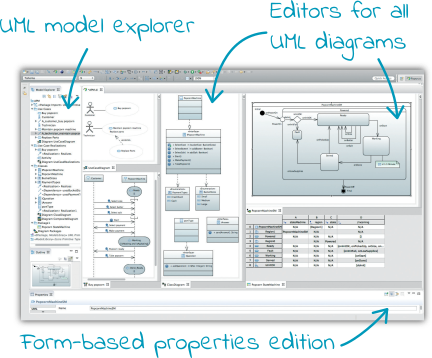Eclipse Papyrus ™
Modeling environment

Posted Jan 11, 2024
The Eclipse Papyrus 6.6.0 2023-12 release is now available! Go to the Download page to install it as an update site or a zip archive. The associated RCP is available from the RCP download page as well.
Nest Papyrus release : 2023-12
Posted Jul 17, 2023
Papyrus won't be participating in the next 2023-09 release train and will publish its next 6.6.0 release for the next 2023-12 train.
Papyrus 6.5.0 Released
Posted Jun 19, 2023
The Eclipse Papyrus 6.5.0 2023-06 release is now available! Go to the Download page to install it as an update site or a zip archive. The associated RCP is available from the RCP download page as well.
Papyrus 6.4.0 Released
Posted Mar 22, 2023
The Eclipse Papyrus 6.4.0 2023-03 release is now available! Go to the Download page to install it as an update site or a zip archive. The associated RCP is available from the RCP download page as well.
Moka Released
Posted Jan 26, 2023
Papyrus Moka for eclipse 2022-12 release is now available! Go to the Market Place or use the update site to install it.
 Papyrus offers flexibility in terms of customization and deployment.
Papyrus offers flexibility in terms of customization and deployment.

Thibaud Thomas, Controlled System Architecture Advanced innovation & research, Plastic Omnium

Standard based
Implemented standards: UML 2.5, SysML 1.1 & 1.4, fUML 1.2.1, ALF 1.0.1, MARTE 1.1, BPMNProfile 1.0, BMM 1.3, SMM 1.1, PSCS 1.0, PSSM 1.0b, FMI 2.0 and ISO/IEC 42010.

Domain Specific
To address any specific domain, every part of Eclipse Papyrus may be customized: UML profile, model explorer, diagram notation and style, properties views, palette and creation menus, and much more...

Enabler
Eclipse Papyrus enables model-based techniques: model-based simulation, model-based formal testing, safety analysis, performance/trade-offs analysis, architecture exploration...









